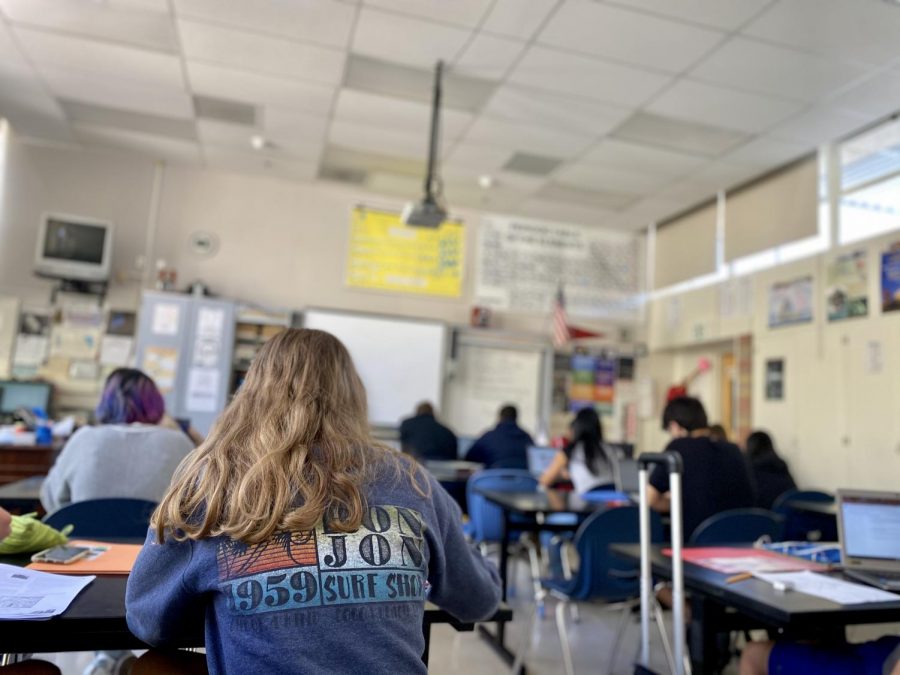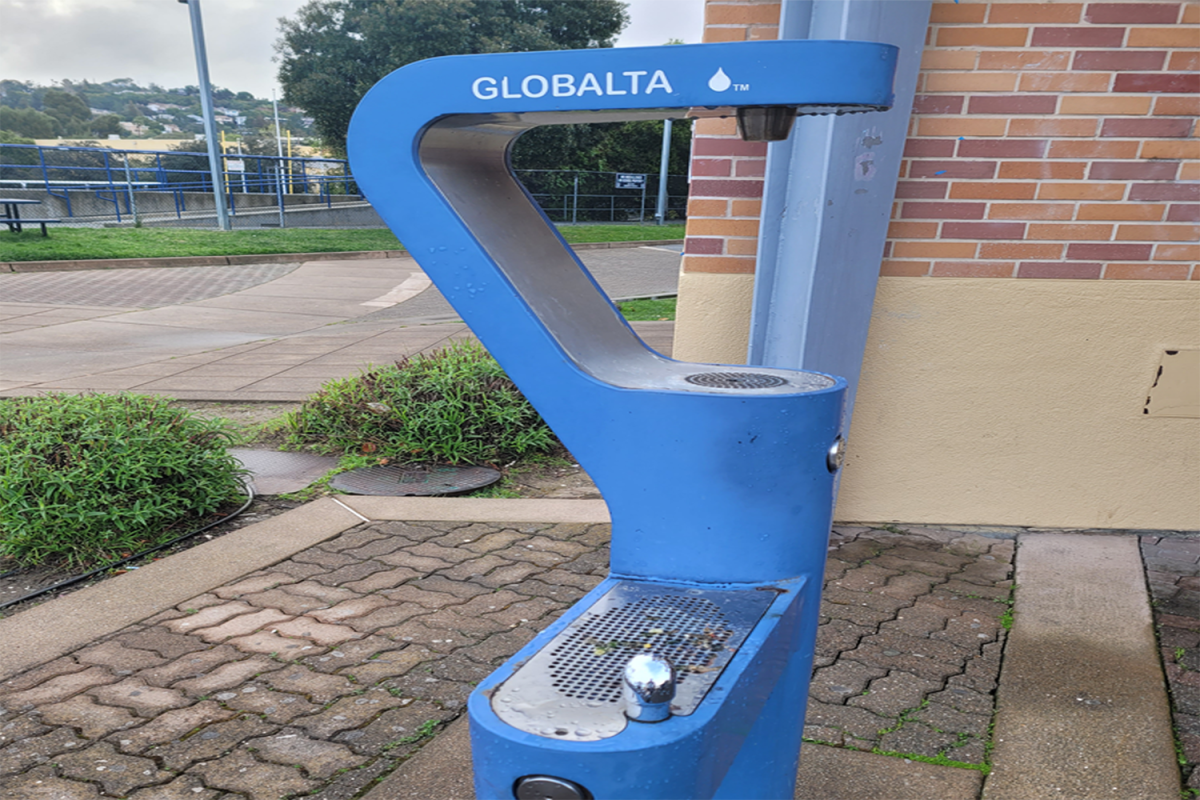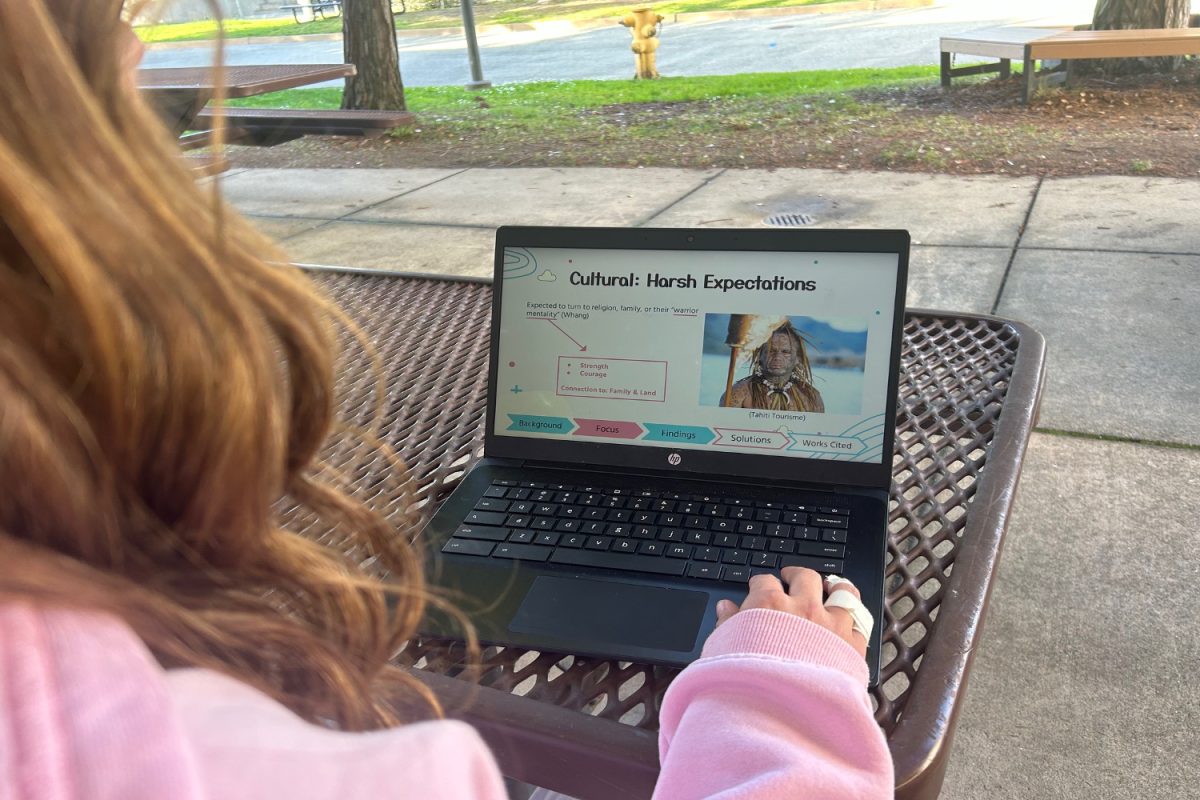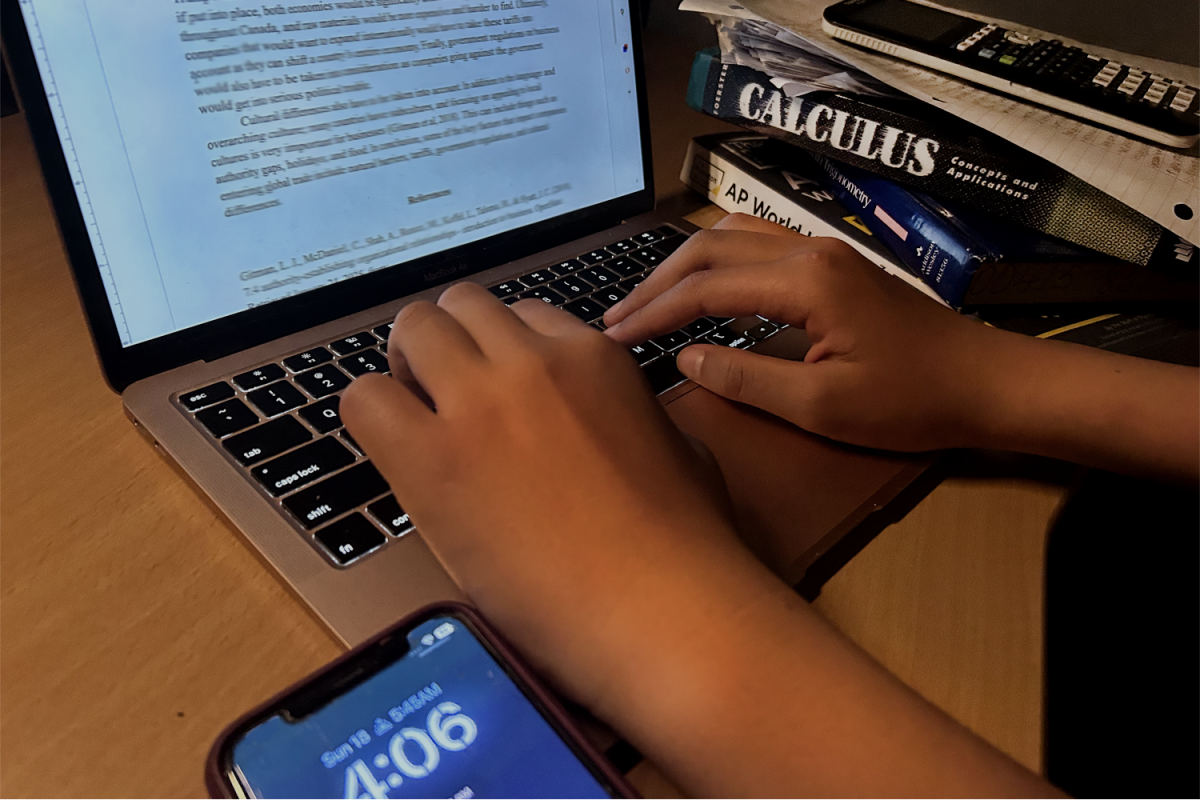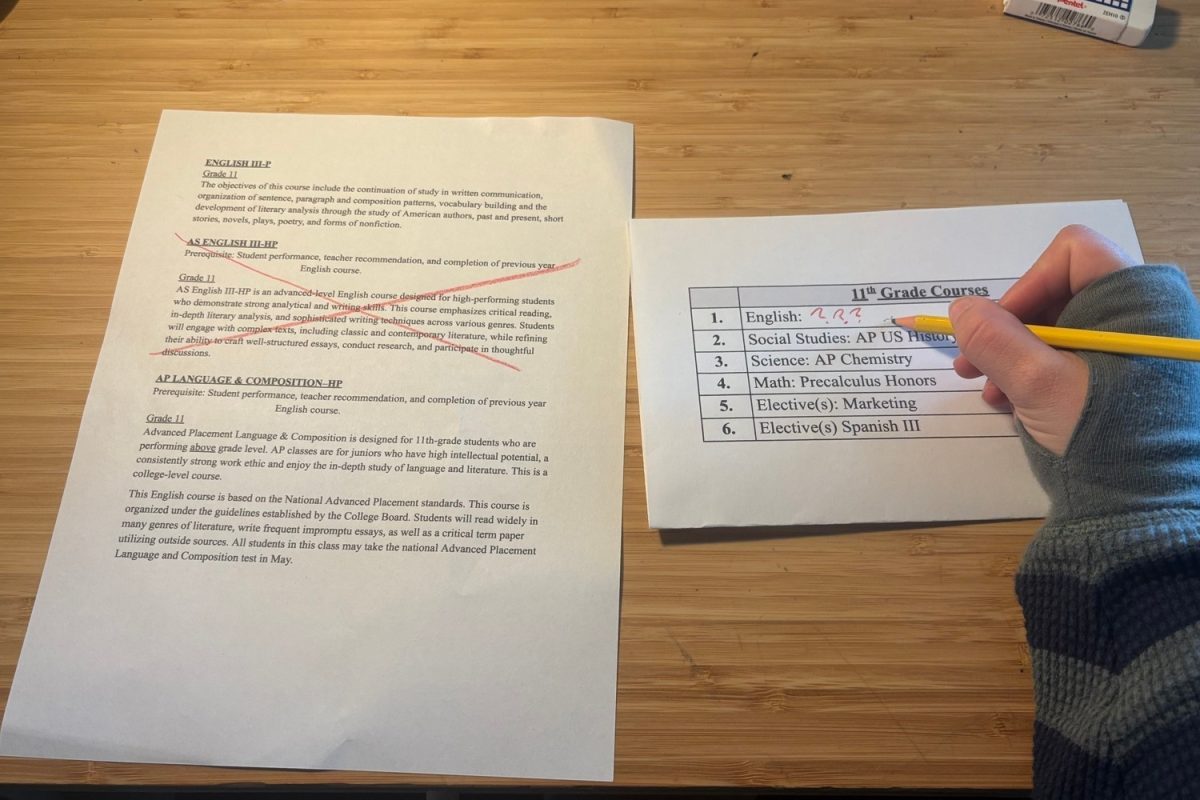The modified-block bell schedule has made a comeback with the start of the new in-person school year. Many students and educators find themselves having mixed feelings about the changes.
Test piloted in the 2019-2020 school year, the modified-block schedule culminated from a series of trials recommended by the WASC accreditation process to improve student learning.
The schedule uses two block schedule days a week, where students attend three to four extended class periods and have a 30-minute flex time to be spent with teachers or counselors.
The administration worked to suit the needs of all involved; however, mainly due to the ongoing impacts of COVID-19 and the unfamiliar schedule, the student reactions proved to be remarkably diverse.
“Last year, there was a lot more time for students to have office hours, and every student was guaranteed a free period that allowed them to see a teacher or their counselor. In creating flex, we were hoping that we would afford students that opportunity twice a week, and that would open things up for students,” Gay Buckland-Murray, Carlmont’s instructional vice principal, said.
For some students, flex is achieving the intended purpose of assisting learning.
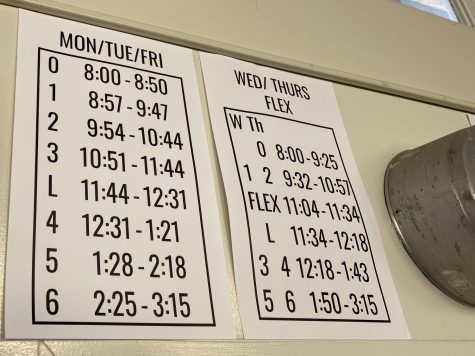
“I like flex, and that you can choose your teacher and ask for help on certain homework assignments or upcoming tests. I think more students now are using flex-time to talk to their teachers because they find it difficult to schedule meetings in current conditions with COVID-19 and extracurriculars,” Isabella Wachter, a sophomore, said.
However, along with the many favorable views, there is a definite distaste from others.
“I dislike it (the schedule) because it’s super specific on what you have to do, and you can’t take a brain break which is kinda necessary at some point of the day, especially with the block schedule. I feel like it shouldn’t be enforced that you have to do work,” Hannah Vandenberg, a junior, said.
Along with students, teachers have differing perspectives on flex. Although many teachers appreciate the presence of time set in the schedule for office hours, some are uncomfortable with the cost of its use.
“I think most students seem to like having flex as opposed to not having flex, and that’s fine, it’s just understood that that doesn’t come free…that time was carved out of instruction time….and that is why the block days are very stressful. We have less time to teach the same amount that we used to be able to teach efficiently,” Michael Skrable, a math teacher, said.
Though the general consensus for many is that flex time may be too short of a time to get things done, Buckland-Murray views the schedule as a success thus far in meeting the needs of students and educators on campus.
“I just hope students keep signing up for flex and using that time effectively to reduce their stress, get their work done, or just find the space to just be quiet for half an hour to help them with their workload,” Buckland-Murray said.

